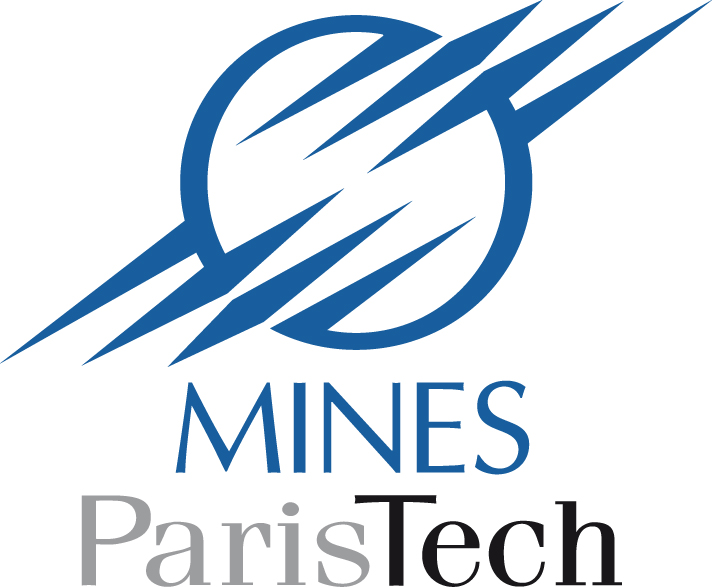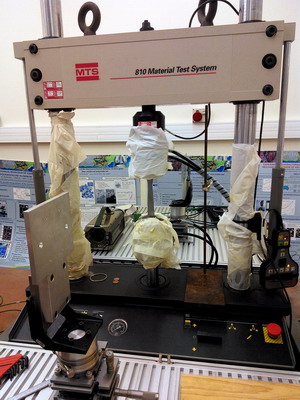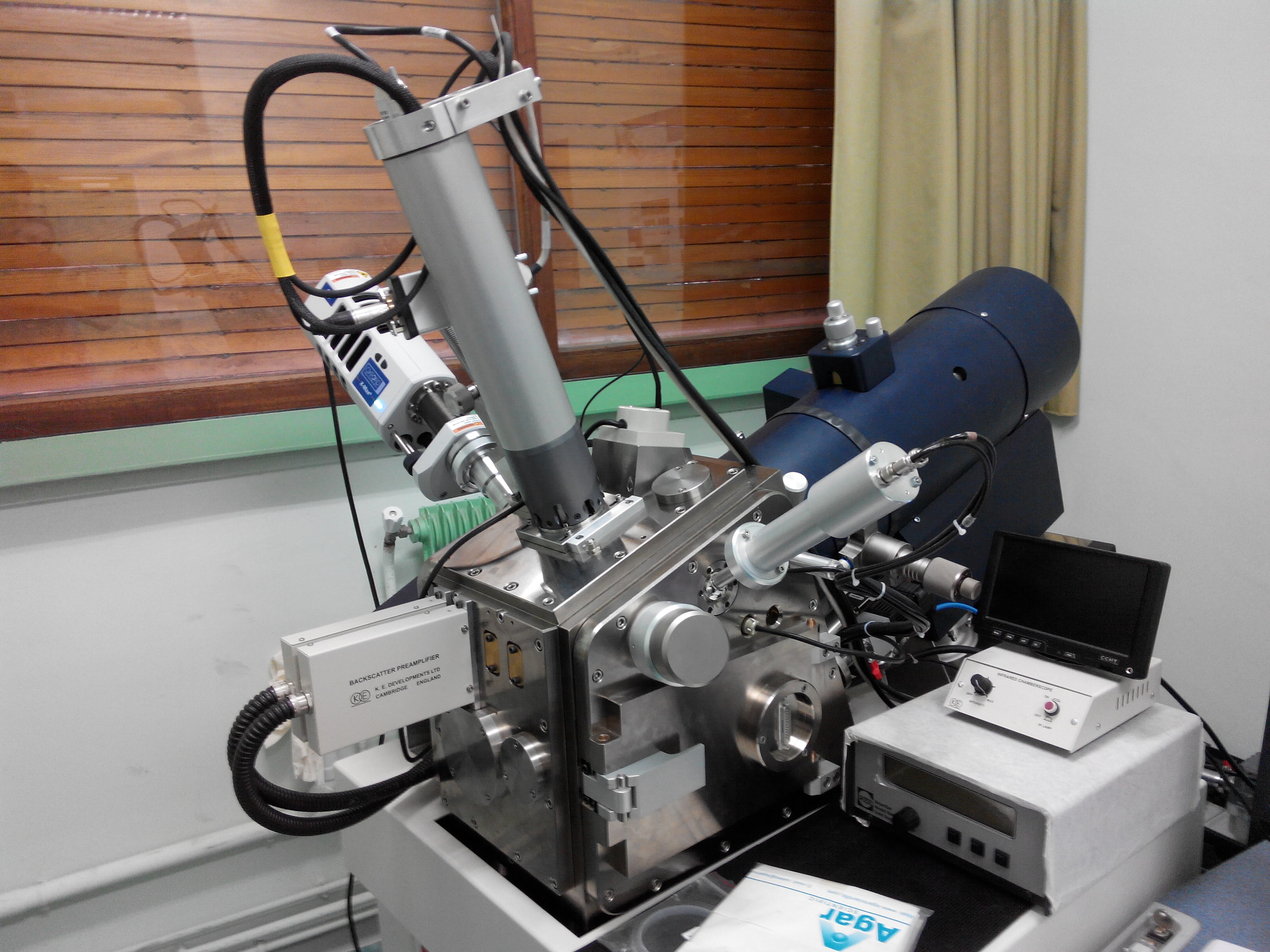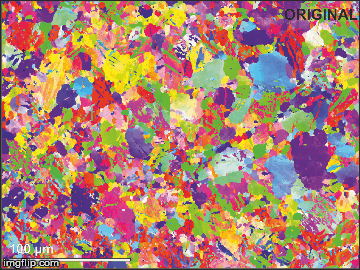 |
 |
 |
 |
 |
 |
| Research leading to these results was funded by the European Union Framework Programme 7 (EU-FP7/2007-2013) Marie Curie postdoctoral fellowship PIEF-GA-2012-327226 (InSiDe-Strain, 2013-2015) | ||
In collaboration with
 |
 |
 |
| Laurent WALTZ | Marc MILESI |  |
Why to perform in situ deformation/annealing experiments on alloys?
Deformation experiments at the LMGC, Montpellier (France)
 |
Fig. 1 - Constant strain rate traction deformation experiment on polycrystalline zinc plate. | |
Annealing experiments at the Géosciences Montpellier (France)
|
|
 |
Fig. 2 - CamScan X500-FEG CrystalProbe low-vacuum SEM-EBSD equipped with AZtec data acquisition software of Oxford Instruments for analysis. |
Challenges and drawbacks
Results
 |
 |
| Fig. 3 - Textural change of the zinc alloy during annealing experiments. Color coding in the EBSD maps (left) corresponds to grain orientation that is shown in pole figures (top) in details. Maps are identical scale, but not the same area is shown. Note the overall grain growth that results in less variable orientation as annealing progresses. |
Preliminary implications
In the course of post-dynamic annealing experiments:
- statistically representative grain growth and grain boundary migration occur;
- large scale observations are coherent with those during the annealing of ice Ih at a finer scale.
 |
 |